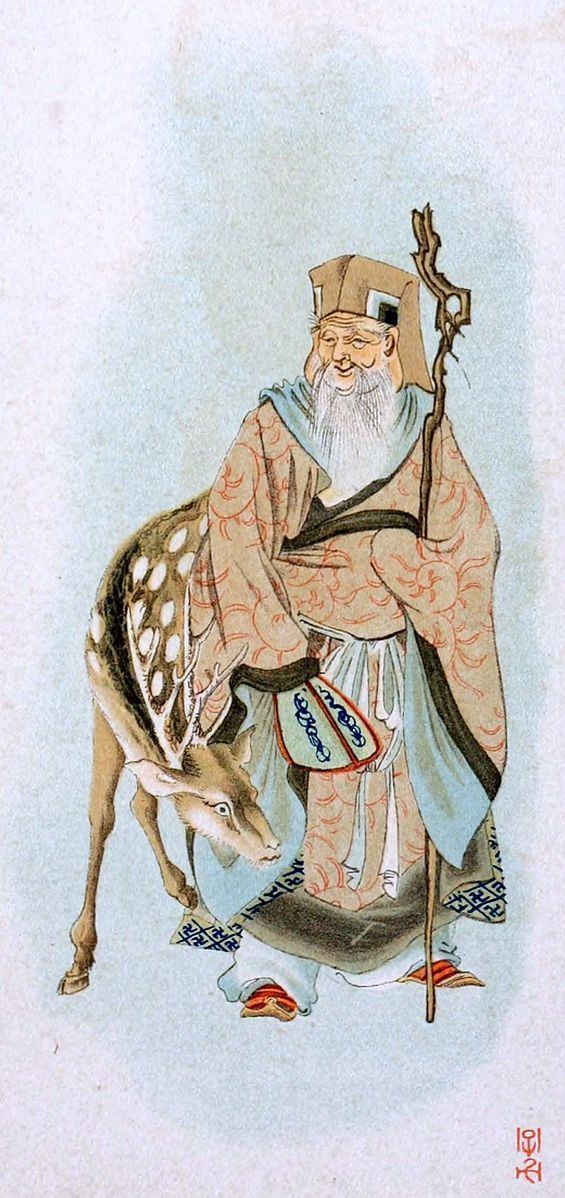 | ||
The Old Man of the South Pole (in Chinese: 南极老人, 南极仙翁 or Japanese: 南極老人) is the Taoist deification of Canopus, the brightest star of the constellation Carina.
It is the symbol of happiness and longevity in Far Eastern culture.
Description
The Old Man of the South Pole is often depicted in the Chinese pictures as an old man with a long white beard, with a deer by his side. This style of picture is related to the story of an emperor of the Northern Song Dynasty who had invited such an old man from the street and later considered the old man as the sign of his longevity.
Canopus is usually called in Chinese the Star of the Old Man (in Chinese: 老人星) or the Star of the Old Man of the South Pole (in Chinese: 南极老人星). Since Carina is a Southern constellation, Canopus is rarely seen in Northern China and, if seen in good weather, looks reddish lying near the southern horizon. Because the color red is the symbol of happiness and longevity in China, Canopus is also known in China and its neighboring countries of Korea, Japan and Vietnam as the Star of Old Age (in Chinese: 寿星) or the Star of the Man of the Old Age (in Chinese: 寿老人). In Japan, it became Jurōjin (in Japanese: 寿老人), one of the Seven Gods of Fortune (in Japanese: 七福神).
